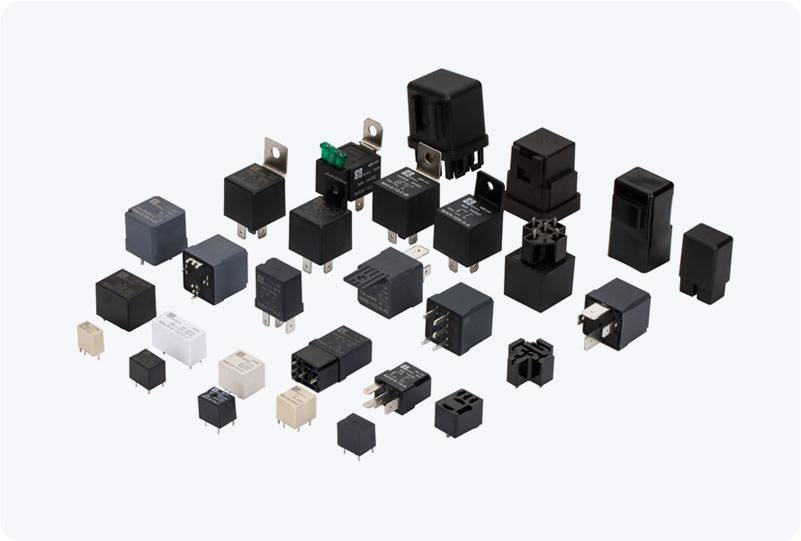understanding the functionality and applications of electromechanical relays
Release time:2025-11-10 08:15:49
An electromechanical relay is a crucial component used in electrical systems to control circuits and equipment efficiently. These devices use electromagnetic principles to activate or deactivate electrical contacts, allowing them to switch on or off high-power circuits by applying a low-power signal. Despite the rise of solid-state relays and modern technologies, electromechanical relays (EMRs) remain a fundamental element in various applications, ranging from automation and industrial control systems to power management and protection systems.

Principle of Operation
The basic operation of an electromechanical relay relies on an electromagnet, which is activated by a control signal. The electromagnet generates a magnetic field when current passes through the coil, causing a movable armature to shift. The movement of the armature either opens or closes the contacts, which are responsible for switching the circuit on or off. These relays come with various contact configurations, including Normally Open (NO) and Normally Closed (NC), that dictate the state of the circuit when the relay is not energized.
When power is applied to the coil, the armature is attracted, pulling the contact into its opposite position. Once the power is turned off, a spring typically returns the armature and its associated contacts to their original state. This simple yet reliable mechanism allows the relay to act as a switch between low-power control circuits and high-power devices or systems.

